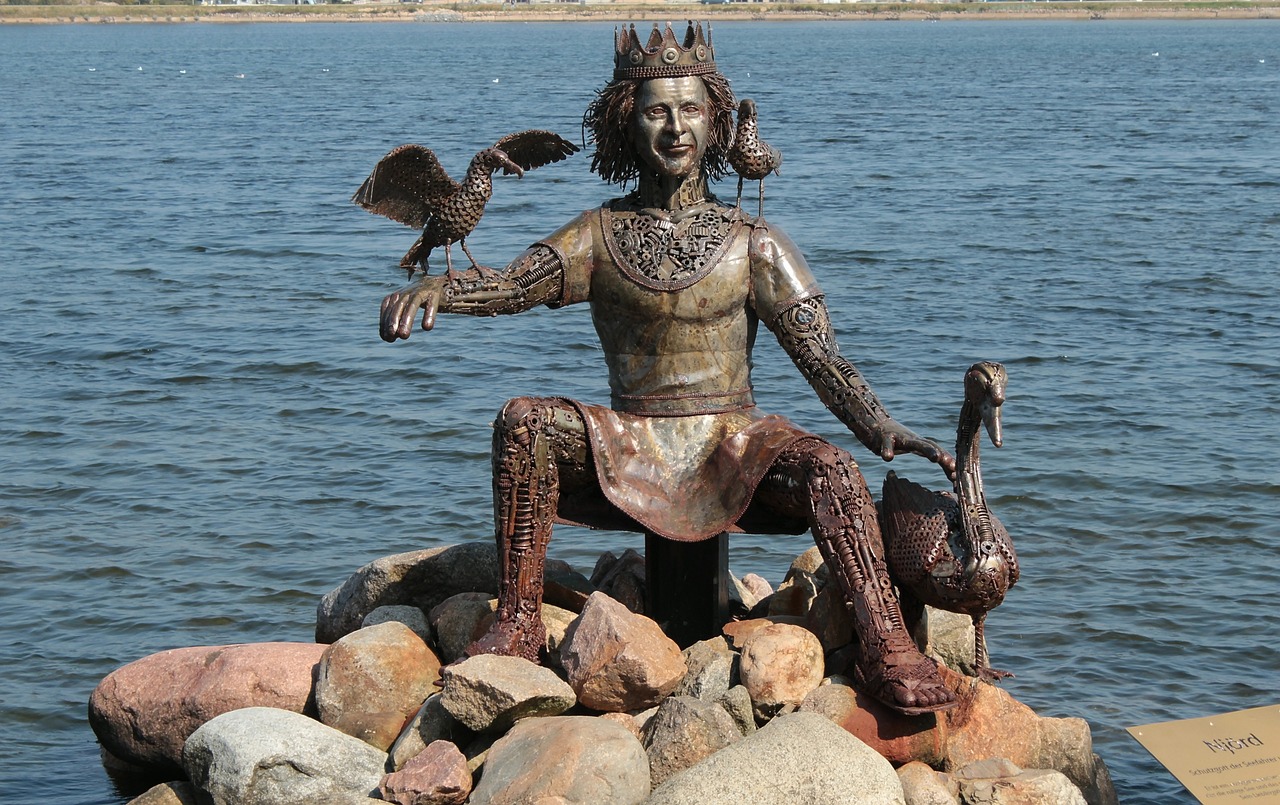Tag: Sol
-
When discussing mythology, we quickly uncover that duality is deeply embedded in the Viking mindset. The interplay of opposites—light and dark, above and below—appears frequently within Scandinavian thought. A remarkable instance of this can be found in Norse mythology. In this brief exploration—essentially a rapid mythological overview—I’ll share how the Vikings understood the transition from…
-
In Norse mythology, the sun and moon are symbolized as siblings who drive celestial bodies while being pursued by wolves; on occasion, they are depicted merely as inanimate objects. It is striking that written sources like the Poetic Edda and the Prose Edda reference them infrequently, yet a comprehensive examination of these texts alongside findings…
-
The Chariot of the Sun and Moon: A Tale of Sol and Mani In Norse mythology, Sol (pronounced like “soul” in English) and Mani (pronounced “MAH-nee”) symbolize the sun and moon, respectively. As siblings, Sol embodies the female aspect of the sun, while Mani represents the male counterpart of the moon. Their narrative begins with…
-
Understanding Sól: The Sun Goddess Sól, the esteemed deity of the sun, has long been venerated across Germany and Scandinavia, with a history that can be traced back to the Bronze Age. In Eastern European traditions, she is identified as Saulė or Saul, holding a significant role among the principal deities in Latvian, Lithuanian, and…
-
Mithras and Sol: A Glimpse into Ancient Cults Overview of the Cult Image The relief featuring Mithras and Sol serves as a captivating depiction of the earth’s regeneration associated with the celestial sun god, Sol. This artistic piece encapsulates the moment of a shared meal between the two deities, making it a significant ornament for…





